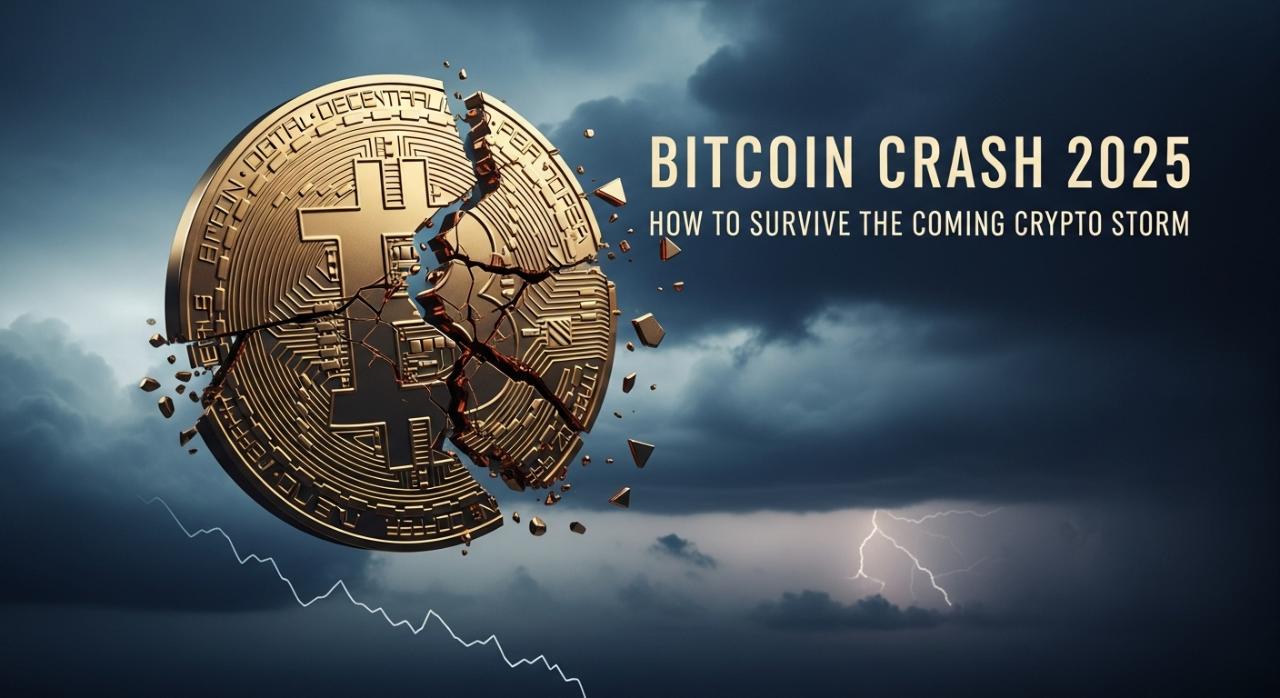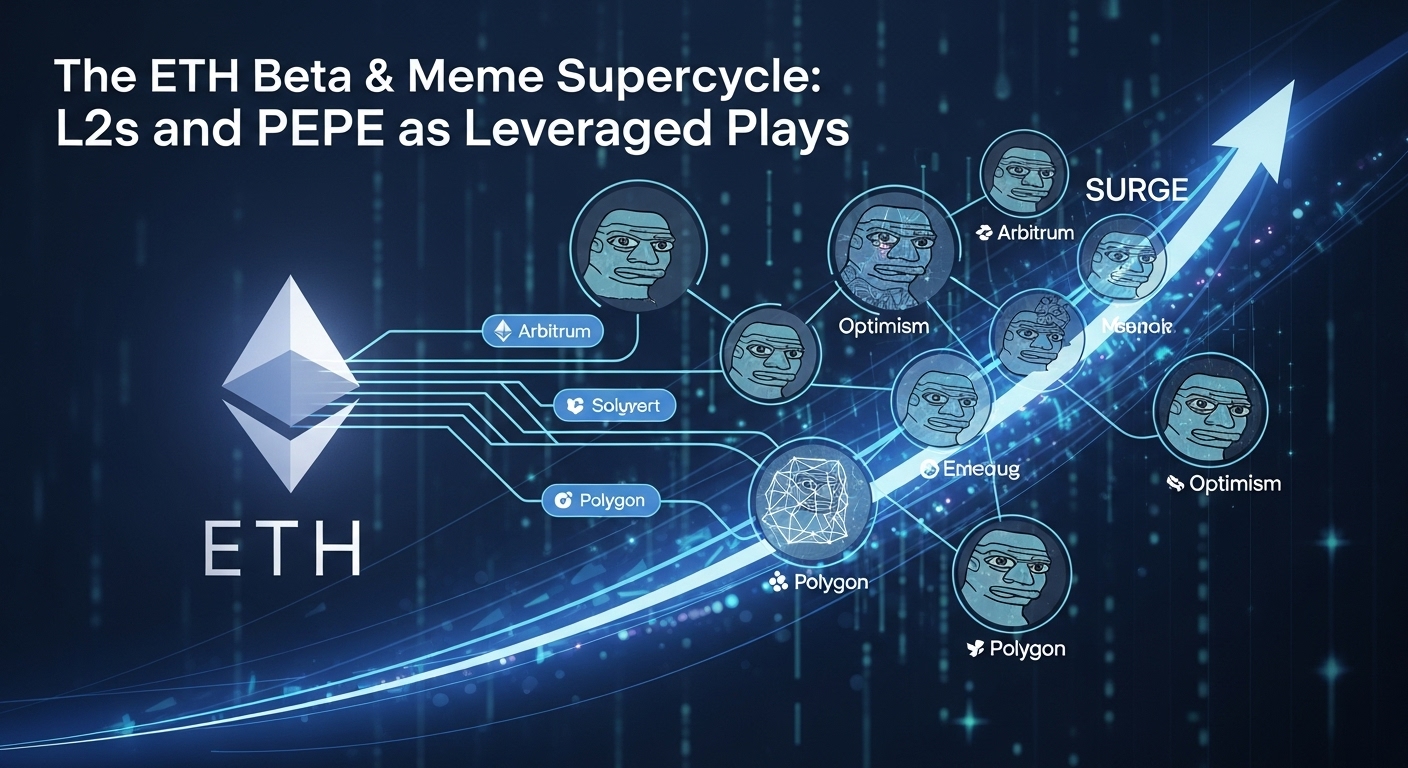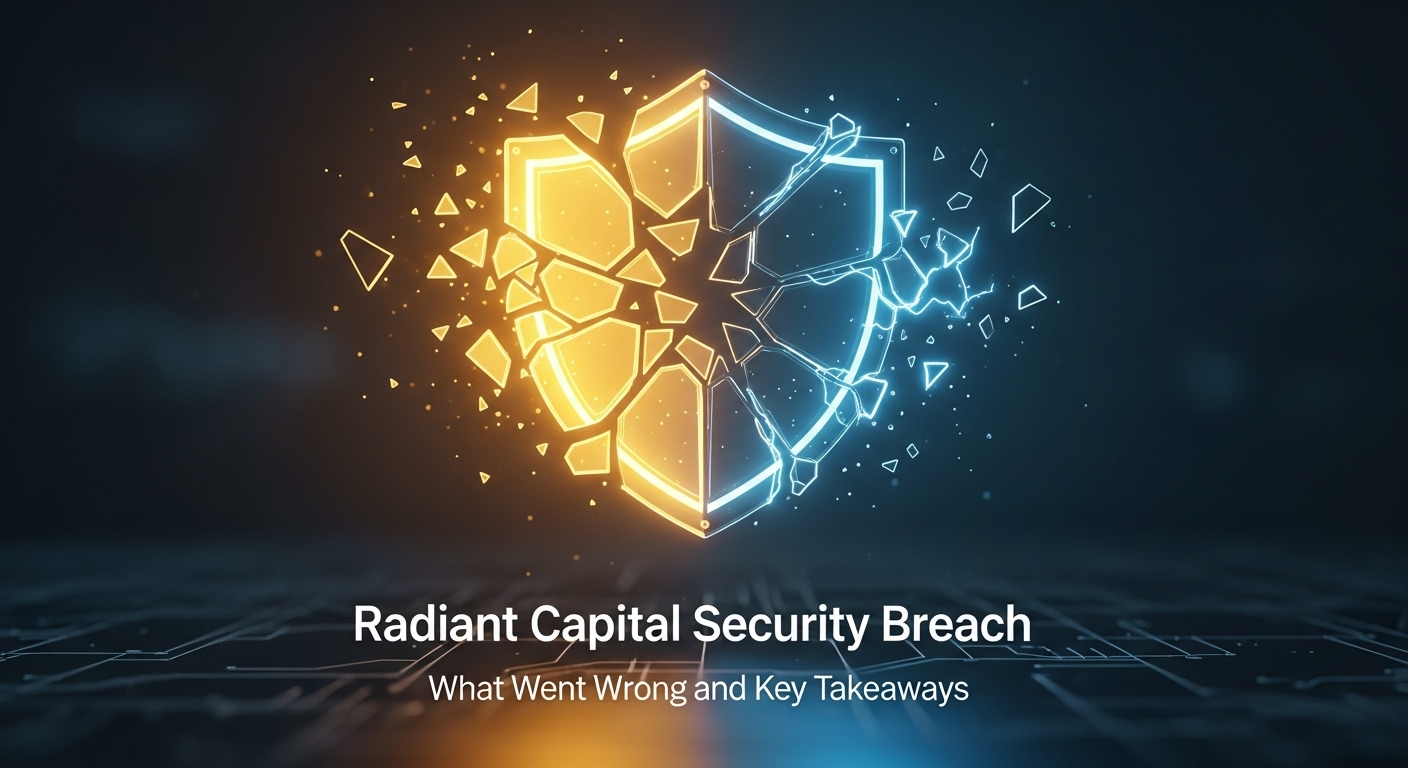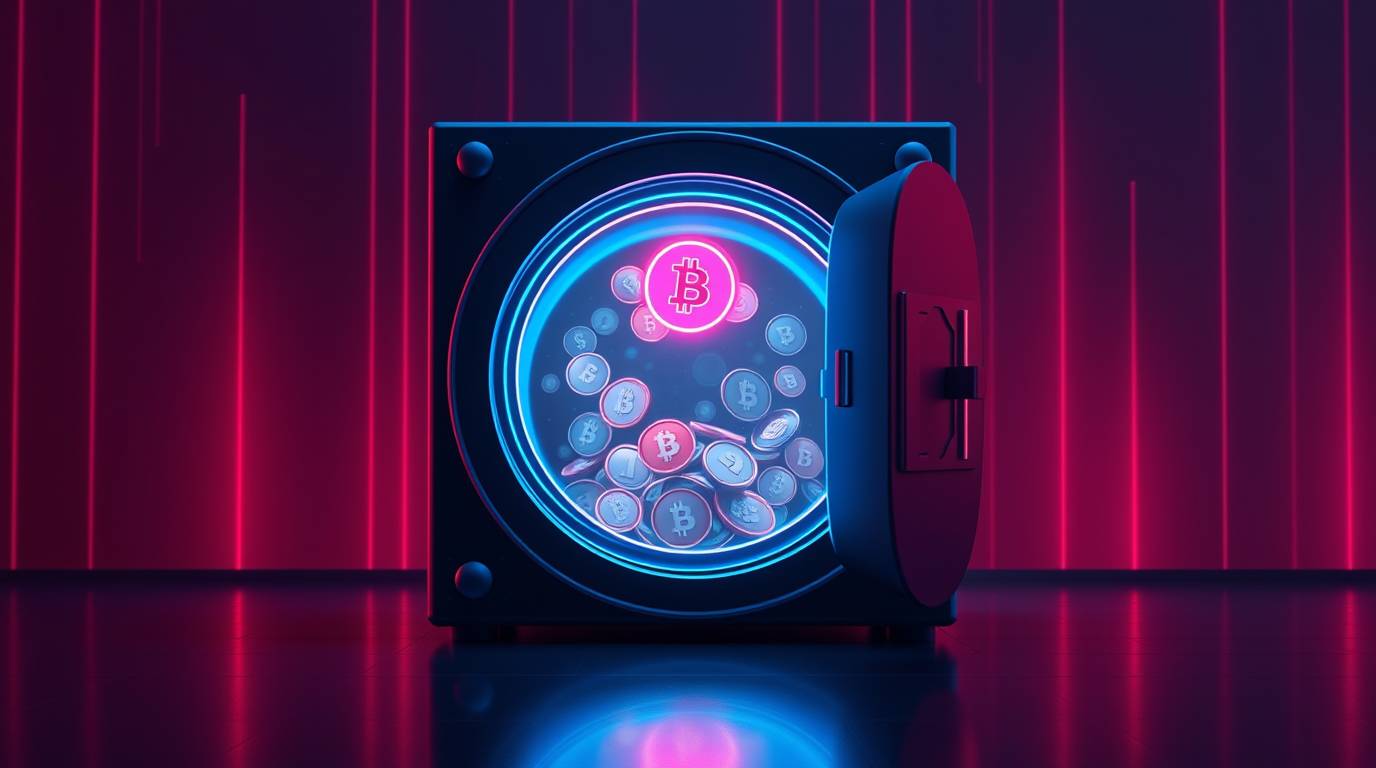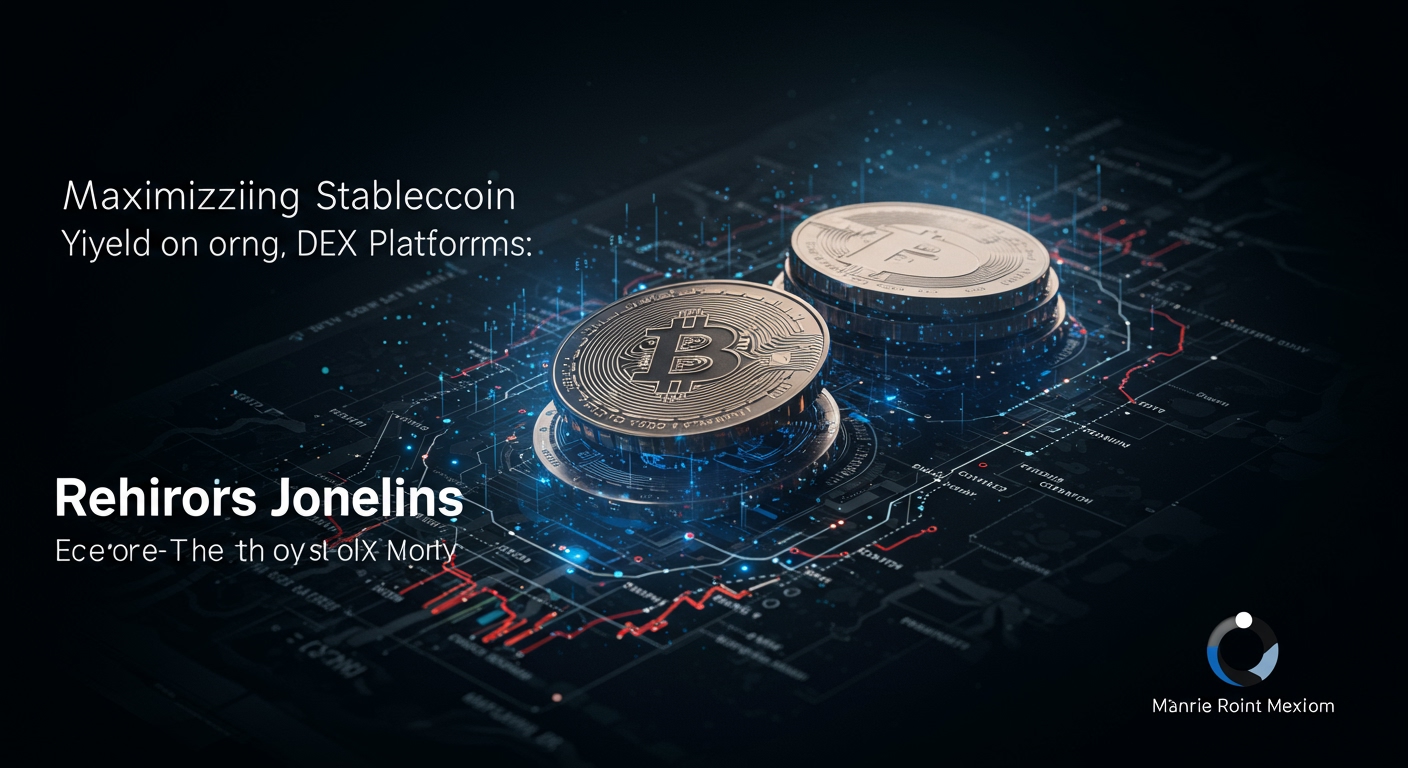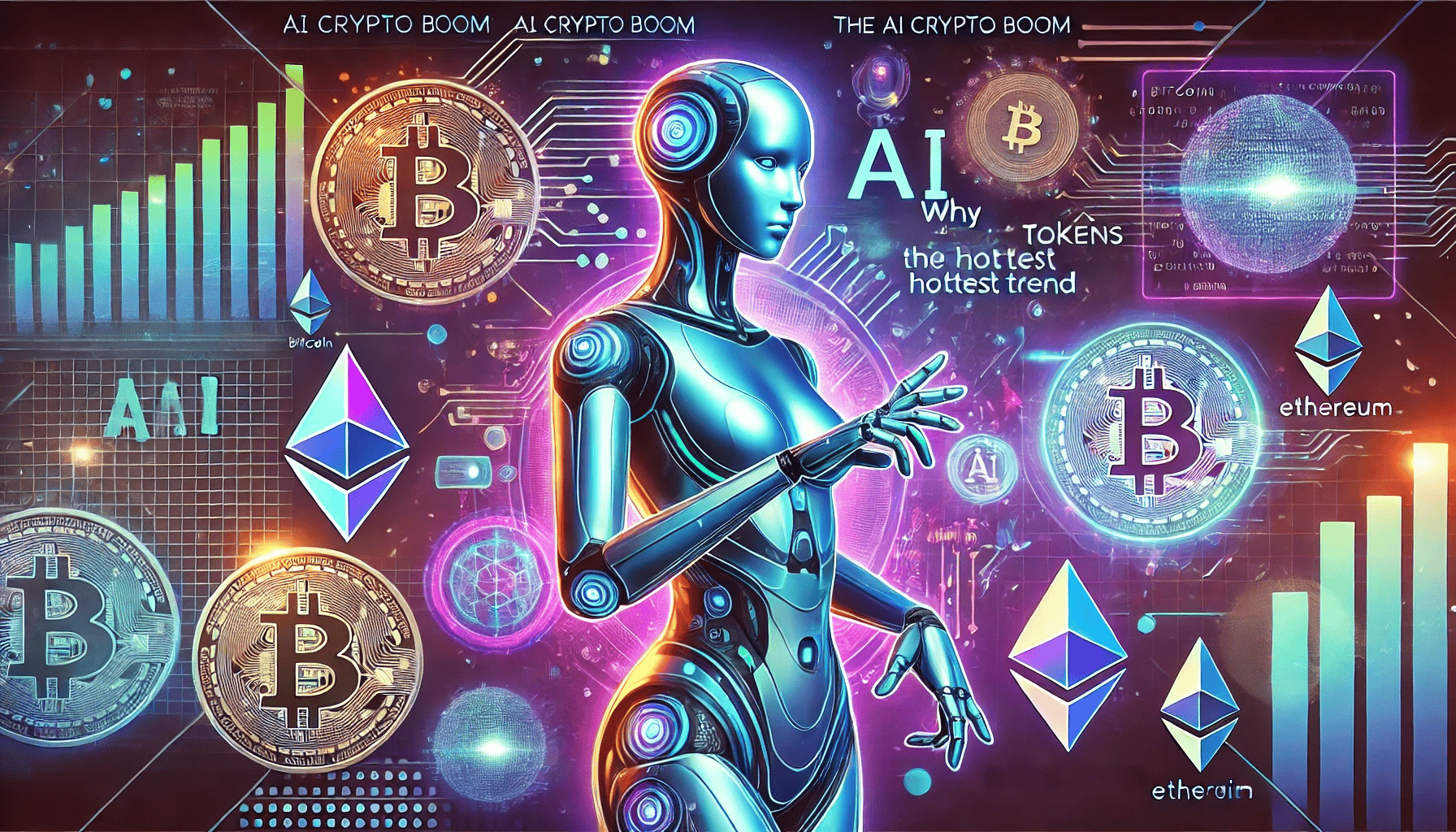The internet has evolved dramatically over the past few decades, from static web pages to interactive social platforms. Now, we stand on the brink of a new era: Web3. Often described as the decentralized internet, Web3 promises to reshape how we interact online, giving users more control and ownership. In this article, we’ll explore what Web3 is, why it matters, and how it could change our digital lives.
What Is Web3?
Web3 refers to the next generation of the internet, built on blockchain technology and decentralized principles. Unlike Web2 — the current internet dominated by centralized platforms like Google, Facebook, and Amazon — Web3 aims to eliminate middlemen. It empowers users by giving them ownership of their data, digital assets, and online interactions through technologies like cryptocurrencies, NFTs (non-fungible tokens), and DAOs (decentralized autonomous organizations).
The Evolution: From Web1 to Web3
To understand Web3, let’s look at the internet’s journey:
1️⃣ Web1 (1990s-2000s): The ‘read-only’ web with static pages and limited user interaction.
2️⃣ Web2 (2000s-Present): The ‘read-write’ web with social media, apps, and user-generated content — but controlled by big tech.
3️⃣ Web3 (Emerging): The ‘read-write-own’ web where users control their data and assets via decentralization.
Key Features of Web3
Web3 isn’t just a buzzword; it’s built on core principles that set it apart from today’s internet.
🔒 Decentralization: No single entity controls the network; data lives on blockchains.
💰 Ownership: Users own their digital assets (like NFTs or crypto) without intermediaries.
🤝 Trustless Systems: Smart contracts automate agreements without needing trust in a third party.
🌍 Interoperability: Apps and services can work together seamlessly across platforms.
Why Does Web3 Matter?
In the Web2 era, tech giants monetize user data, often without transparency. Web3 flips this model by prioritizing privacy and ownership. Imagine a social media platform where you’re paid for your content via tokens or a marketplace where you truly own your digital purchases. Web3 could also democratize access to finance through DeFi (decentralized finance), allowing anyone with an internet connection to participate in banking-like services.
Real-World Applications of Web3
Web3 is already making waves across industries. Here are some examples:
🎨 NFTs: Digital art and collectibles owned and traded on blockchains.
🏦 DeFi: Decentralized lending, borrowing, and trading without banks.
🎮 Gaming: Play-to-earn games like Axie Infinity where players earn crypto for playing.
🗳️ Governance: DAOs let communities vote on decisions without centralized leaders.
Challenges Facing Web3
While the potential is exciting, Web3 isn’t without hurdles. Scalability remains an issue — blockchain networks like Ethereum can be slow and expensive during high demand. User experience is another barrier; navigating crypto wallets and dApps (decentralized apps) can be intimidating for beginners. Plus, regulatory uncertainty looms as governments grapple with how to oversee this new frontier.
⚙️ Scalability: Current blockchains struggle with speed and cost.
🧑💻 Usability: Tools need to become more beginner-friendly.
📜 Regulation: Legal frameworks are still unclear in many regions.
How to Get Started with Web3
Curious about diving into Web3? It’s easier than you might think! Start by setting up a crypto wallet like MetaMask to store digital assets. From there, explore dApps on platforms like Ethereum or Polygon. You can buy NFTs on marketplaces like OpenSea or experiment with DeFi protocols like Uniswap for swapping tokens.
✅ Set up a wallet (e.g., MetaMask).
✅ Learn about blockchains (Ethereum, Solana, etc.).
✅ Explore dApps for gaming, art, or finance.
✅ Stay safe — never share your private keys!
Is Web3 Safe?
While blockchain technology offers security through transparency, risks exist. Hacks on smart contracts, scams, and phishing attempts are common in the space. Always do your research, use trusted platforms, and secure your wallet with strong passwords and two-factor authentication.
The Future of Web3
Web3 is still in its infancy, but its potential to disrupt everything from finance to entertainment is undeniable. As technology improves and adoption grows, we could see a world where individuals have unprecedented control over their digital lives. However, collaboration between developers, regulators, and users will be key to overcoming challenges and building an inclusive decentralized future.
Conclusion: A New Digital Era
Web3 isn’t just a tech trend; it’s a movement toward a more equitable internet. Whether you’re an artist minting NFTs, a gamer earning crypto, or just curious about decentralization, there’s a place for you in this ecosystem. The road ahead may be bumpy, but one thing is clear: Web3 has the power to redefine how we connect, create, and transact online.


